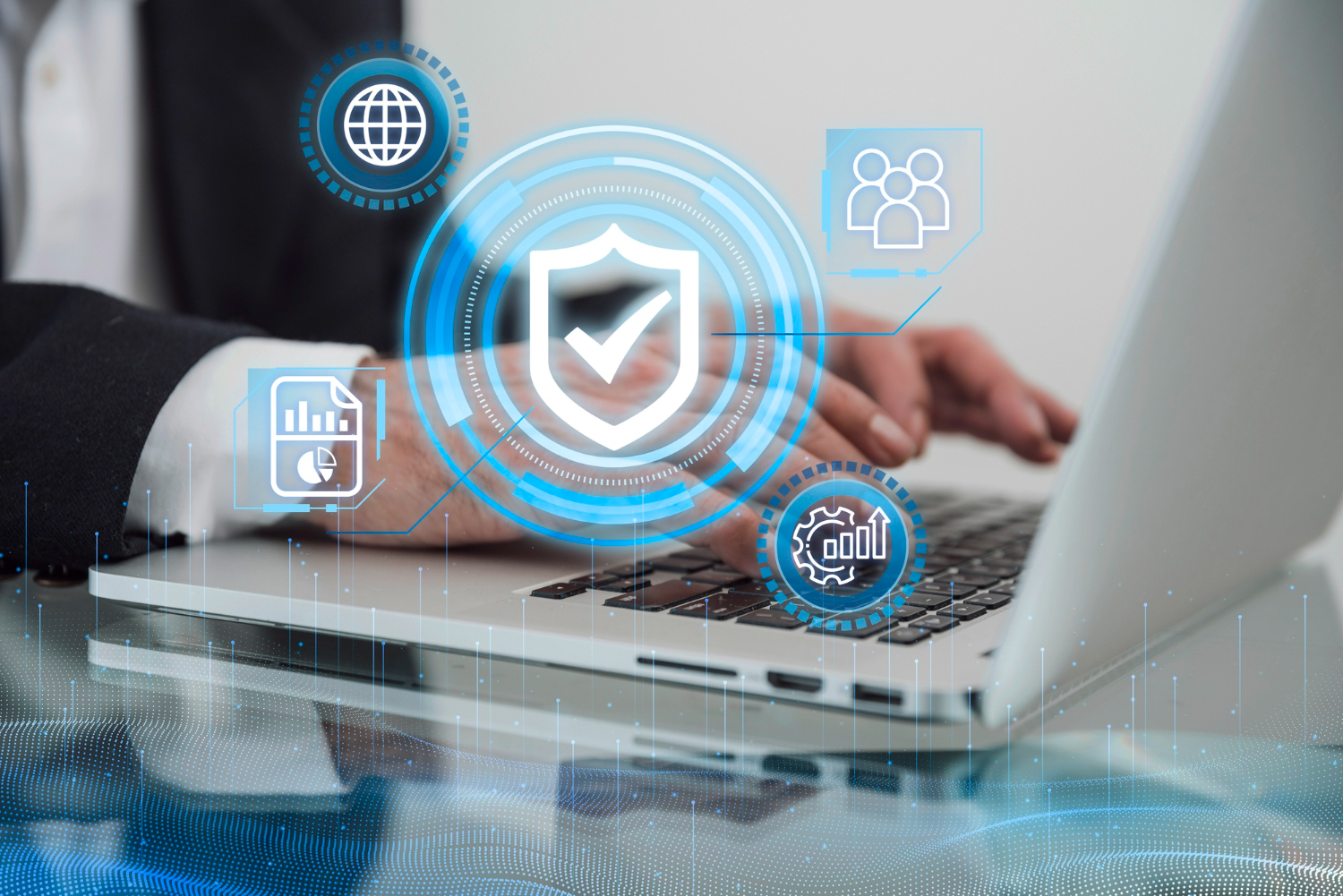1 min read
TOP CYBERSECURITY TRENDS FOR 2024
Here are the key takeaways from this blog: 2023 Was a Wake-Up Call: High-profile breaches across major industries—including Norton, T-Mobile, MGM,...
3 min read
 Lucas Hathaway
:
29 Jan 2024
Lucas Hathaway
:
29 Jan 2024

With trust and reputation at the cornerstone of any financial institution, how is your cybersecurity team navigating an ever-changing risk and compliance landscape with new attack vectors requiring you to continually incorporate technology to stay competitive, all while balancing limited resources and a lean team?
By reminding your team that:
"Good fortune is what happens when opportunity meets with planning” - Thomas Edison
Though there isn't an exact formula to creating a perfect cybersecurity program, listed below is what we recommend and find effective with our clients when asked "Where do you start when developing an effective cybersecurity program?"
1.) Assessment and planning
The most crucial step we recommend every organization take before creating your cybersecurity program is to evaluate your organization's current cybersecurity posture by conducting a risk assessment that will identify current risks and vulnerabilities. This will give your team a holistic understanding of any immediate and potential threats while prioritizing security measures based on severity. Quantitative risk assessments are impactful in translating risk to other stakeholders.
At this point, you will be able to determine the legal and regulatory requirements that you must comply with - this could be industry-specific regulations or general data protection laws based on locality.
2.) Create a Cybersecurity Policy Framework
In this step, we create policies and procedures that outline the approach to managing and safeguarding information assets, data, and systems. This serves as a set of guidelines that employees, contractors, and other stakeholders must follow to ensure the security of your digital environment. Examples of various policies can pertain to roles and responsibilities, acceptable use policies, data classification and handling, access control, network security, endpoint security, third-party security, enforcement and consequences, and more.
In collaboration with information security subject-matter experts and leaders who volunteered their security policy know-how and time, SANS has developed a great list of Security Policy Templates that can help get the ball rolling.
3.) Implementing Security Controls
This step is straightforward, in this step, we put into action the security measures and safeguards defined in the cybersecurity policy listed above. Additional key elements can include Encryption, Firewalls, Patch Management, MFA, Network Segmentation, and more. Utilizing your risk assessment and regulations to prioritize which controls to put in place first.
4.) Training and Awareness
This phase recognizes the human factor in the equation. By educating employees and stakeholders about cybersecurity best practices, it will promote and foster a culture of security within the organization. A well-informed and vigilant individual can play a crucial role in preventing a disastrous security incident.
This is also the perfect time to go over the incident reporting procedure which communicates how to report security incidents or suspicious activity to appropriate authorities within and outside of the organization.
5.) Ongoing Assessments
The last step is conducting ongoing assessments and real-time evaluations of the effectiveness of the security measures in place, to identify potential vulnerabilities, and to continue to mature your security program as things change.
A good cybersecurity training program incorporates a balance between comprehensive real-world scenarios and employee engagement. Given that most employees aren’t involved with cybersecurity on a day-to-day basis, having a training program that includes an expansive list of real-world examples is the best approach to keep your employees vigilant - arming them with the knowledge of what to look out for. Then tack on the gamification factor through leaderboards or incentivized prizes, and now your employees' learning experiences are personalized, increasing their likelihood of retaining the training material. The most important thing is consistency. You must train and test your employees throughout the year to change behavior and embed security in your organization’s culture.
The last and most crucial step is making sure all the effort, resources, and time spent on creating a cybersecurity program aren’t left on the shelf and only reviewed once per year. A good cybersecurity program will include clearly defined goals and a way to progressively track individual performance throughout the year. We recommend conducting ongoing assessments and measurements (KPIs) of your program. This will ensure your cybersecurity program is constantly improving, you have a clear understanding of your risk and compliance at all times, and will garner trust from your management team and Board of Directors.
At Rivial, we automate the ongoing measurement of risk and compliance, ensuring risk assessments are up to date, audits are passed, and Board reporting is simple, so your cybersecurity team can spend more time working on crucial and preventative cybersecurity tasks to safeguard your organization.

1 min read
Here are the key takeaways from this blog: 2023 Was a Wake-Up Call: High-profile breaches across major industries—including Norton, T-Mobile, MGM,...

1 min read
Here are the key takeaways from this blog: AI Is Already Impacting Business: AI is transforming operations at every level, from leadership to...

Here are the key takeaways from this blog: